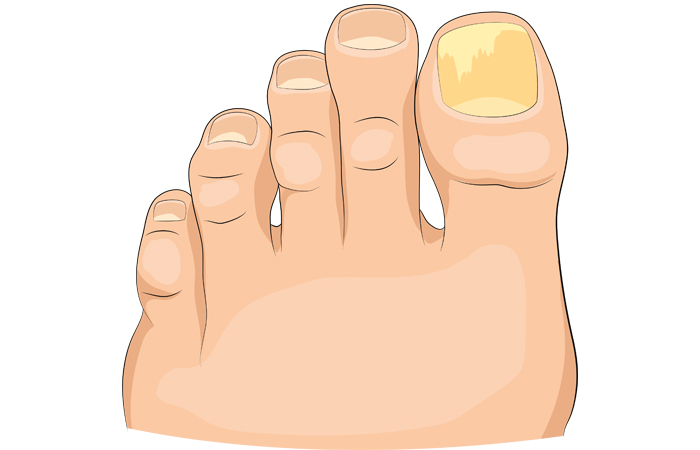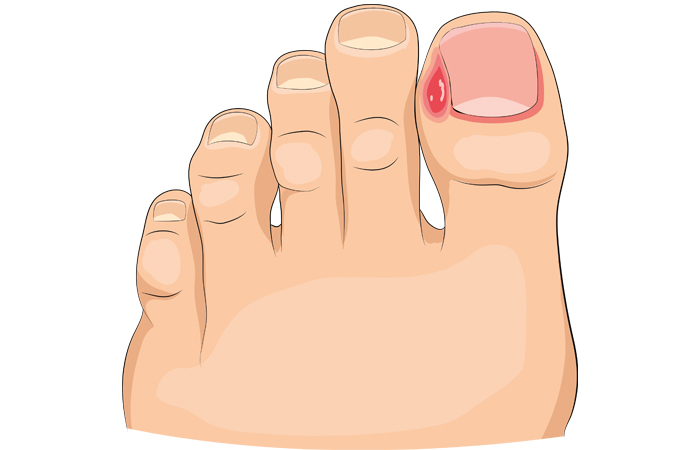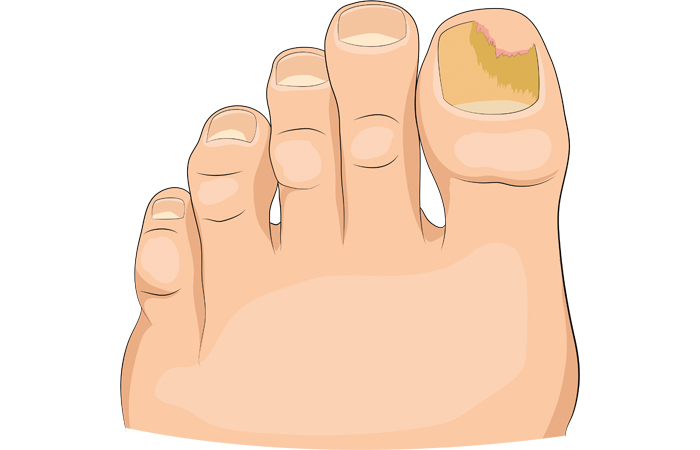In OTC Category Reviews
Follow this topic
Bookmark
Record learning outcomes
Feet need special attention to keep a variety of foot problems at bay, and with summer just around the corner pharmacy teams can advise on a whole range of conditions to support people with their foot health.
Some issues are easy to treat and clear up quickly, whereas others can be more serious and take longer to deal with. It’s especially important to make sure that customers with diabetes, or immune or circulatory system illnesses, take care of any infections immediately.
Common toenail infections
Common foot problems seen in pharmacy
Blisters are the skin’s way of protecting itself from excessive heat, moisture and friction. Though painful, most heal on their own unless they become infected. Customers with a blister oozing blood or yellow liquid should be directed to the pharmacist as this indicates infection. Customers with diabetes need to be especially vigilant when checking for blisters, as foot injuries take longer to heal due to their poorer blood circulation.
Blisters can be prevented by covering tender spots with a friction-resistant dressing or plaster. If they do occur there are specialist blister plasters available which claim to aid rapid healing by absorbing the fluid, protecting skin from bacteria and helping relieve the pain of friction and pressure.
Athlete’s foot is characterised by the scaly, cracked and itchy skin – mostly between the toes – and is commonly caught in high-traffic areas where people have bare feet, such as showers and public swimming pools.
It can be avoided by wearing flipflops in these areas and avoiding sharing towels or shoes with anyone with the condition. OTC products which can help include anti-fungal treatments, although some may contain steroids which should not be used by young children or pregnant and nursing mothers without first talking to their GP. People with athlete’s foot should treat it as soon as possible to prevent other problems such as fungal nail infections.
Verrucas are warts growing up into the soles of the feet, with a black dot in the centre surrounded by a harder, white area. It is common to have more than one at a time, and they can become more painful the longer they are left.
Up to 80 per cent resolve themselves within about two years. Over the counter (OTC) treatments can treat them much faster, however customers should use these with care because they are tissue destructive.
Many contain salicylic acid which breaks down the verruca, so should not be applied to healthy skin. Petroleum jelly or surgical tape can be used to shield healthy skin when applying treatment. Cryotherapy treatments which freeze the verruca are also available over the counter, but again all healthy tissue must be avoided. Customers who prefer not to treat the verruca themselves can be referred to a podiatrist, where stronger treatments may also be available.
Corns are small circles of thick skin that develop on the tops and sides of toes when exposed to excessive pressure or friction, such as from ill-fitting shoes.
Untreated corns will become painful unless the pressure that caused them is taken away, so varying footwear day to day will avoid continuous pressure patterns.
Wearing correctly fitting shoes should prevent the formation of corns, but if they do appear they can be treated using a medicated corn remover containing a salicylic acid paste base.
Plantar fasciitis is a common cause of pain on the bottom of the heel and occurs when the plantar fascia ligament that supports the arch of the foot becomes irritated and inflamed.
The most common symptoms of plantar fasciitis include pain in the sole of the foot by the heel, as well as pain after a period of rest or activity.
Most people experiencing plantar fasciitis will find the condition improves if they decrease or stop the activities that make the pain worse, and NSAIDs such as ibuprofen can reduce the pain. As plantar fasciitis is intensified by tight muscles in the feet and calves, stretching exercises for these muscles can also help.
If the condition continues, pharmacy teams can recommend the person sees their GP to discuss other treatment options such as cortisone injections or talk to a podiatrist about orthotics and more supportive footwear options.




